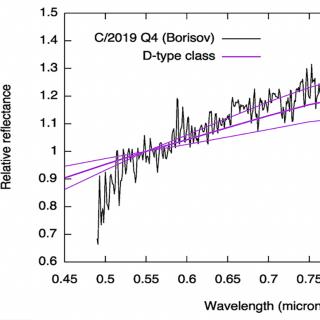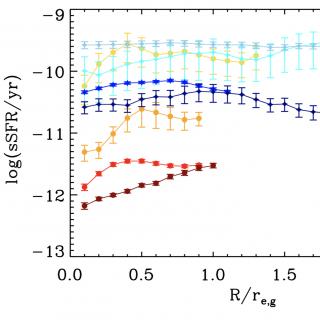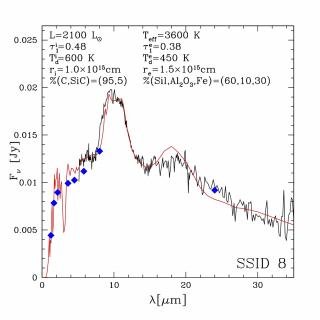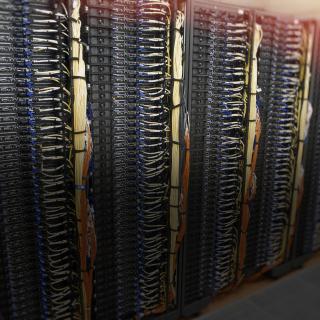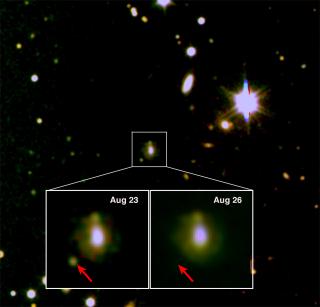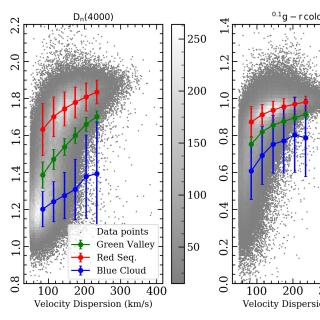
Galaxy formation remains one of the major open problems in astrophysics today. There is a wide range of mechanisms that control the transformation of gas into stars in galaxies, compounded by the cosmological evolution of structure, along with complex feedback processes. An observational approach targets general trends in large distributions of galaxies. On a diagram plotting colour versus mass, the distribution of galaxies gets split into a bimodal structure, featuring a region of red, passively-evolving galaxies (termed the red sequence), and a so-called blue cloud, made up of star-forming
Advertised on
